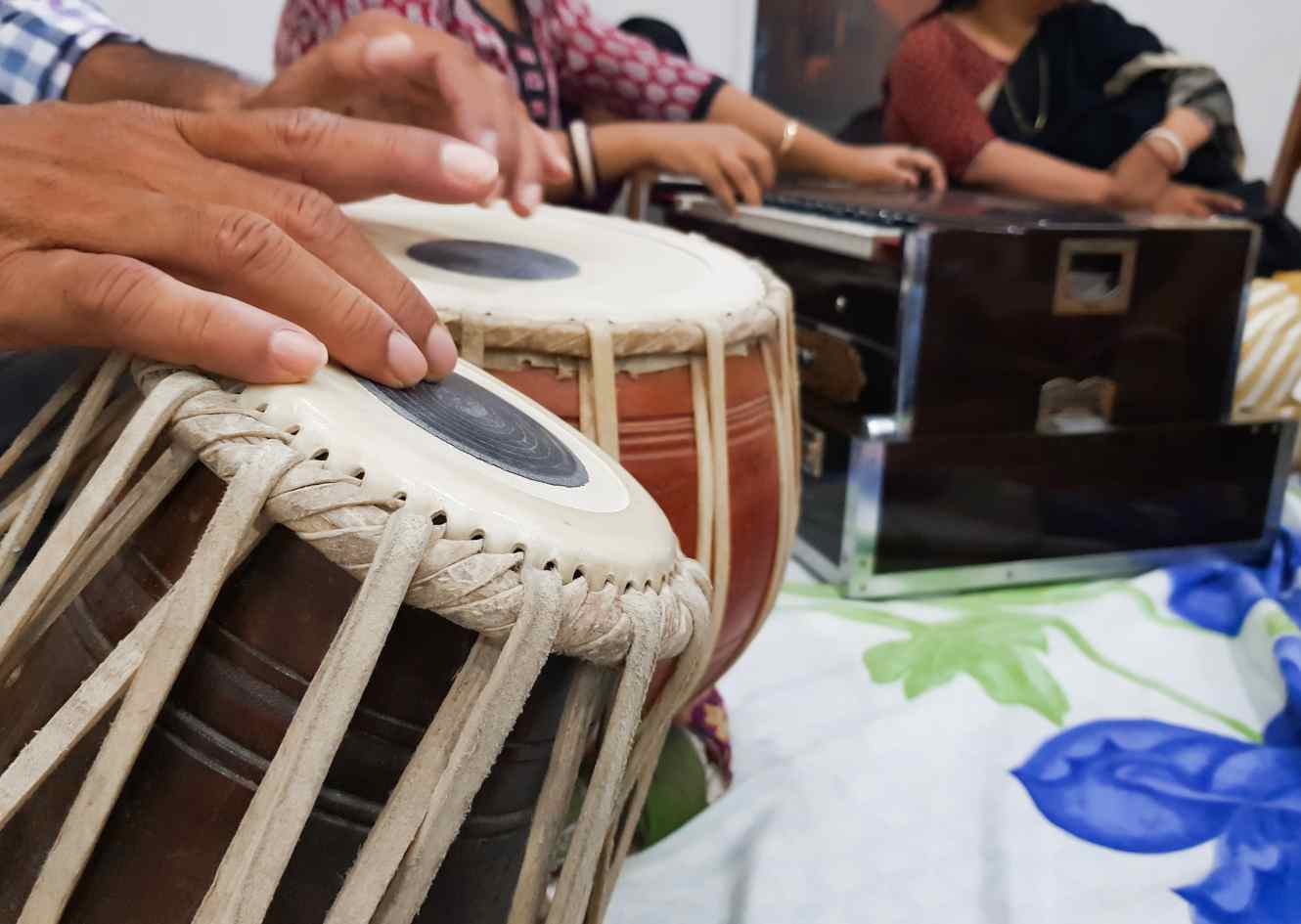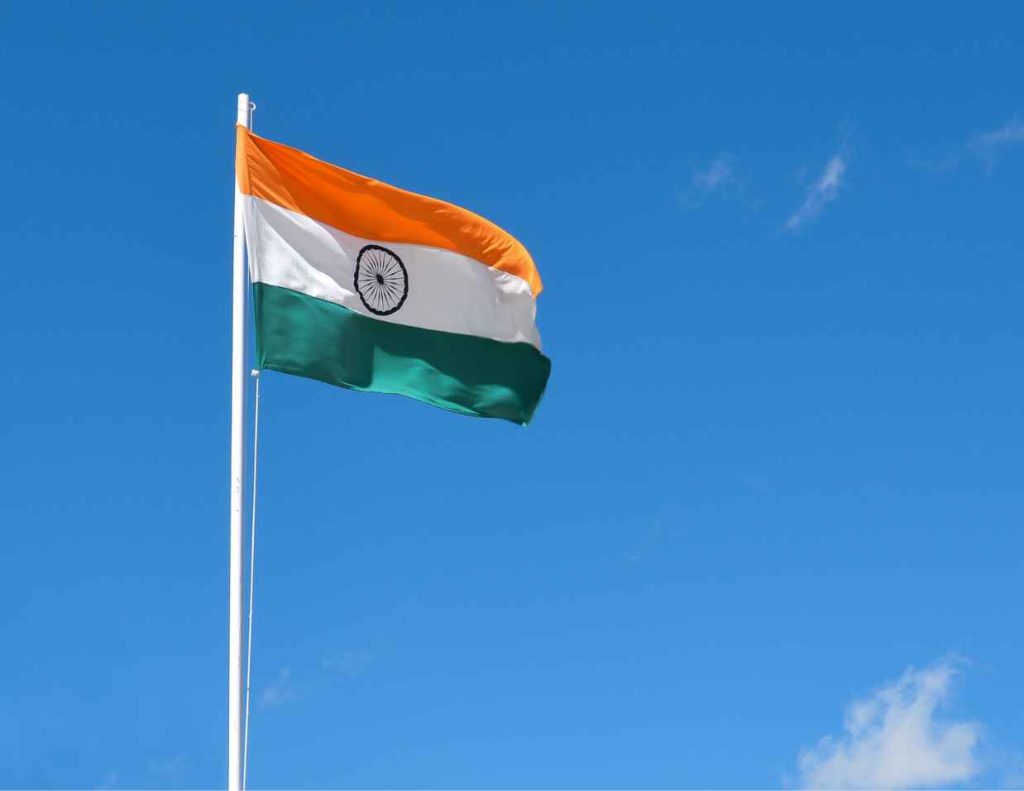Samaveda Is The Origin Of The Indian Classical Music

The Samaveda, often referred to as the “Veda of Melodies” or “Veda of Chants,” holds a unique place in the corpus of Vedic literature. While the other Vedas predominantly contain hymns, mantras, and philosophical dialogues, the Samaveda primarily focuses on the Vedic rituals’ musical dimension.
“Samaveda” is a combination of two Sanskrit words: “Sama,” meaning song or melody, and “Veda,” denoting knowledge. Together, they signify “The Knowledge of Songs.”
The Samaveda is organized into two major parts:
Purvarcika (First Section): This contains the hymns used during the introductory part of the Soma sacrifice ceremony.
Uttararcika (Latter Section): This encompasses the hymns sung during the concluding segments of the sacrifice.
The verses in the Samaveda are not original compositions but primarily derived from the Rigveda, particularly its eighth and ninth books. What distinguishes the Samaveda is the manner in which these verses are to be sung during rituals, using specific melodies and chants.
Indian Classical Music Has Its Origin In Samaveda
The Samaveda can be considered one of the earliest musical texts in human history. The verses, or “Samans,” are to be sung using specific musical notes, different from the spoken intonations of the Rigvedic verses. This Veda introduces the concept of musical scales, showcasing the ancient Indian emphasis on melody and rhythm in religious rituals.
The musical aspect was so pivotal that the Samaveda had several schools, each with its distinct style of recitation and singing, preserving the diversity of this sacred art.
The Samaveda introduced the “Samans” concept, essentially Rigvedic hymns set to melodies. The emphasis was on more than just the meaning of the hymns but also their melodic and rhythmic presentation. The methods and modes of chanting laid down in the Samaveda became precursors to the melodic structures in Indian classical music.
The manner in which Sāmaveda hymns were sung, with their variations in pitch, modulation, and intonation, can be seen as the beginnings of melody in Indian music. Over time, these melodic forms became more complex and structured, leading to the development of ragas.
Along with melody, rhythm is fundamental in music. The chants of the Sāmaveda, with their specific cadences and patterns of repetition, have rhythmic elements that can be seen as precursors to talas. The regularity of chanting, the patterns of repetition, and the pacing of words all contribute to a rhythmic system.
The Sāmaveda underscores the belief in the sacredness of sound. This belief extends to Indian classical music, where specific ragas are believed to invoke particular deities or natural forces and are meant to be performed during specific times of the day or seasons to harness their full potency.
Over time, the musical aspects of the Sāmaveda gave birth to what is termed the “Gāndharva Veda” – the ancient scripture dedicated to the art of music. From the Gāndharva Veda, the formalized system of ragas and talas emerged, laying the foundation for classical Indian music.
The songs of the Sāmaveda were integral to certain Vedic rituals, particularly the Soma ritual. The specific ways these songs were sung (the melody and rhythm) were crucial for the ritual’s success. This notion of the efficacy of sound is carried into classical music, where specific ragas or talas are believed to have specific effects on the listener and the environment.
The Sāmaveda represents a pivotal point in the musical tradition of India. While not detailing ragas and talas as we understand them today, its emphasis on the musical rendering of hymns and the sacredness of sound set the stage for the evolution of these intricate musical systems. The reverence with which music is approached in the Indian tradition can be traced back to the sanctity attached to the chants of the Sāmaveda.
Deities and Themes
While the hymns are taken primarily from the Rigveda, the Samaveda’s focus isn’t the content of the hymns but their melodic rendering. The deities addressed are similar: Agni (the fire god), Indra (the king of gods), and Soma (both a ritual drink and a deity), among others. The recurring theme is the Soma sacrifice, a significant ritual in Vedic times.
The importance of the Samaveda lies in its application during the performance of yajnas (sacrificial rituals). The chief priest (Udgatri) would sing the hymns, providing an auditory and spiritual dimension to the ritual, intending to please the gods and create a divine ambiance.
The Samaveda, while less voluminous than the Rigveda, holds immense significance for understanding the cultural and spiritual life of Vedic India. It underscores the essential role of music in spiritual practices and provides an early framework for the musical traditions that India is renowned for today. Through its melodies and chants, the Samaveda connects the human realm with the divine, showcasing the transformative power of sound.
